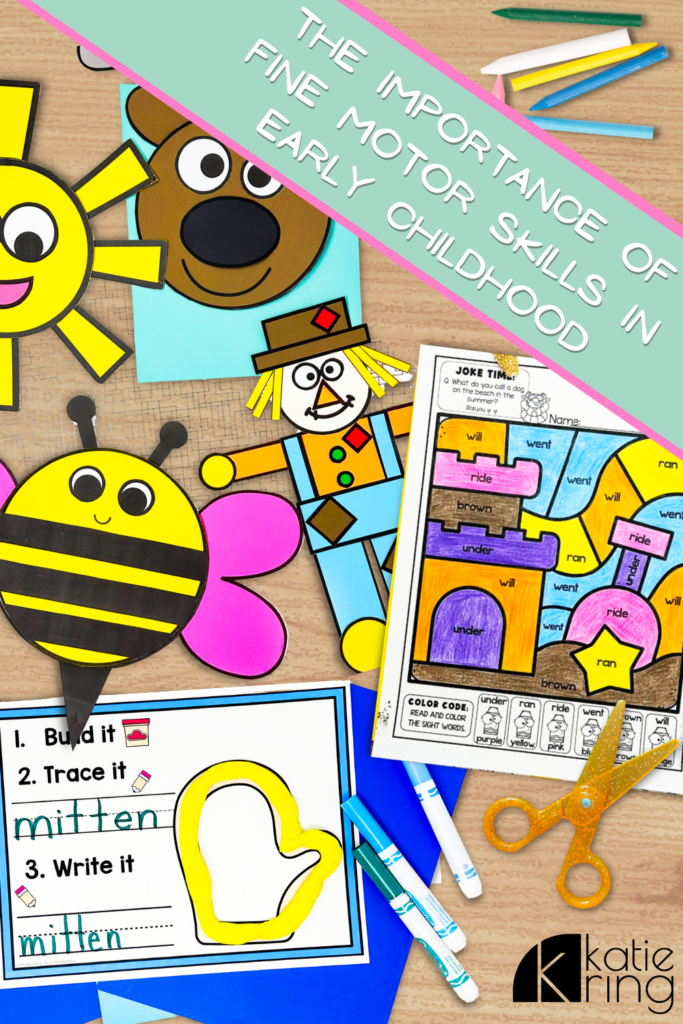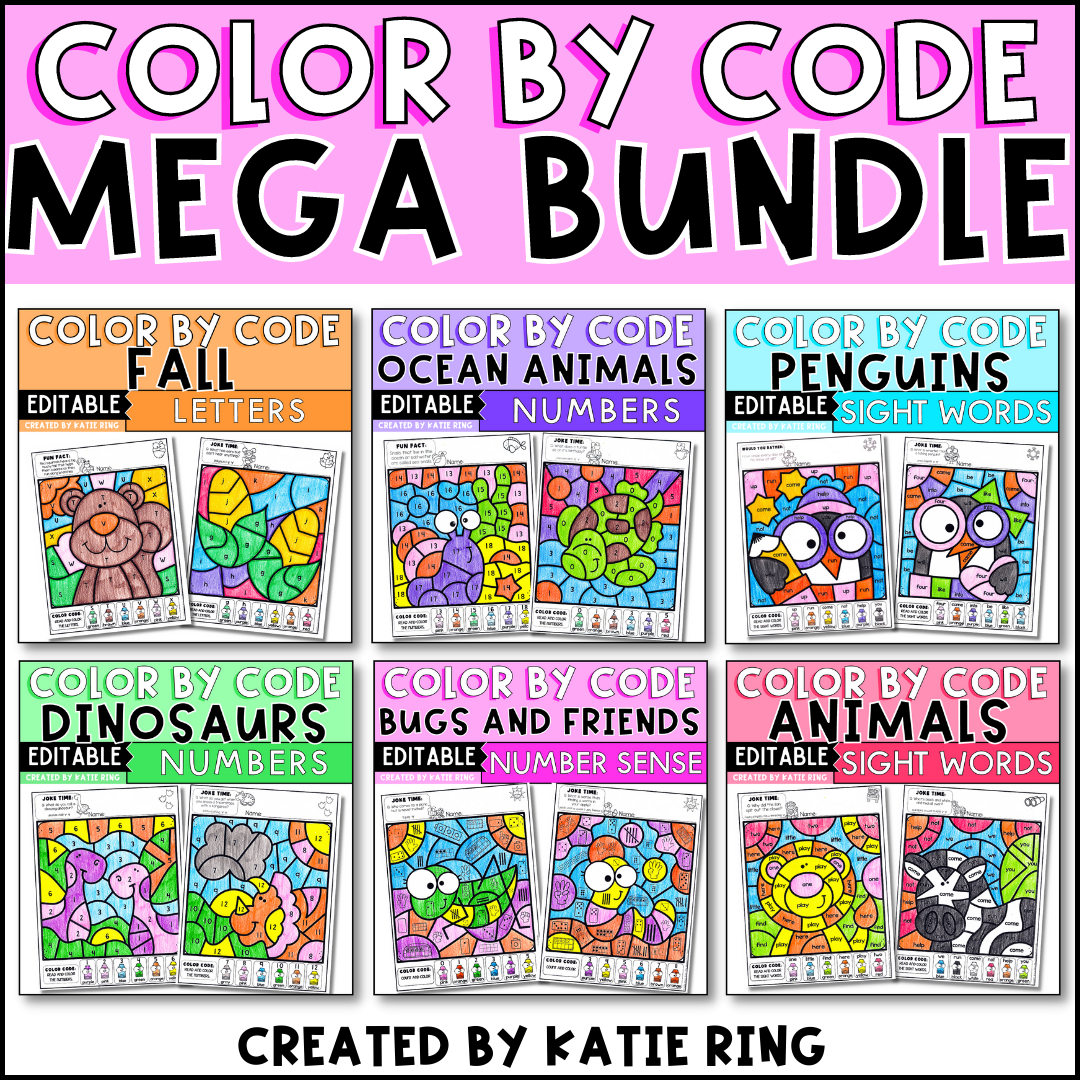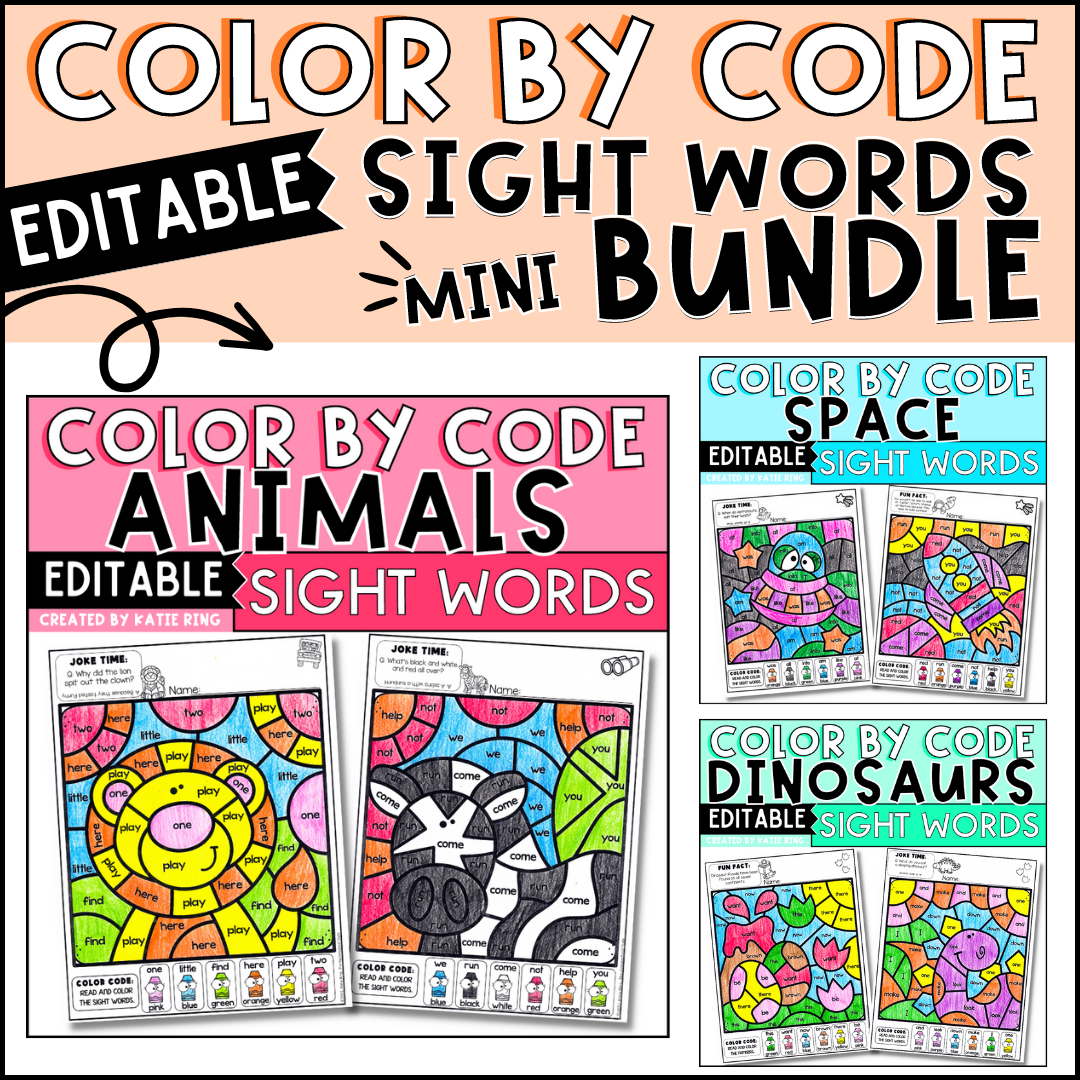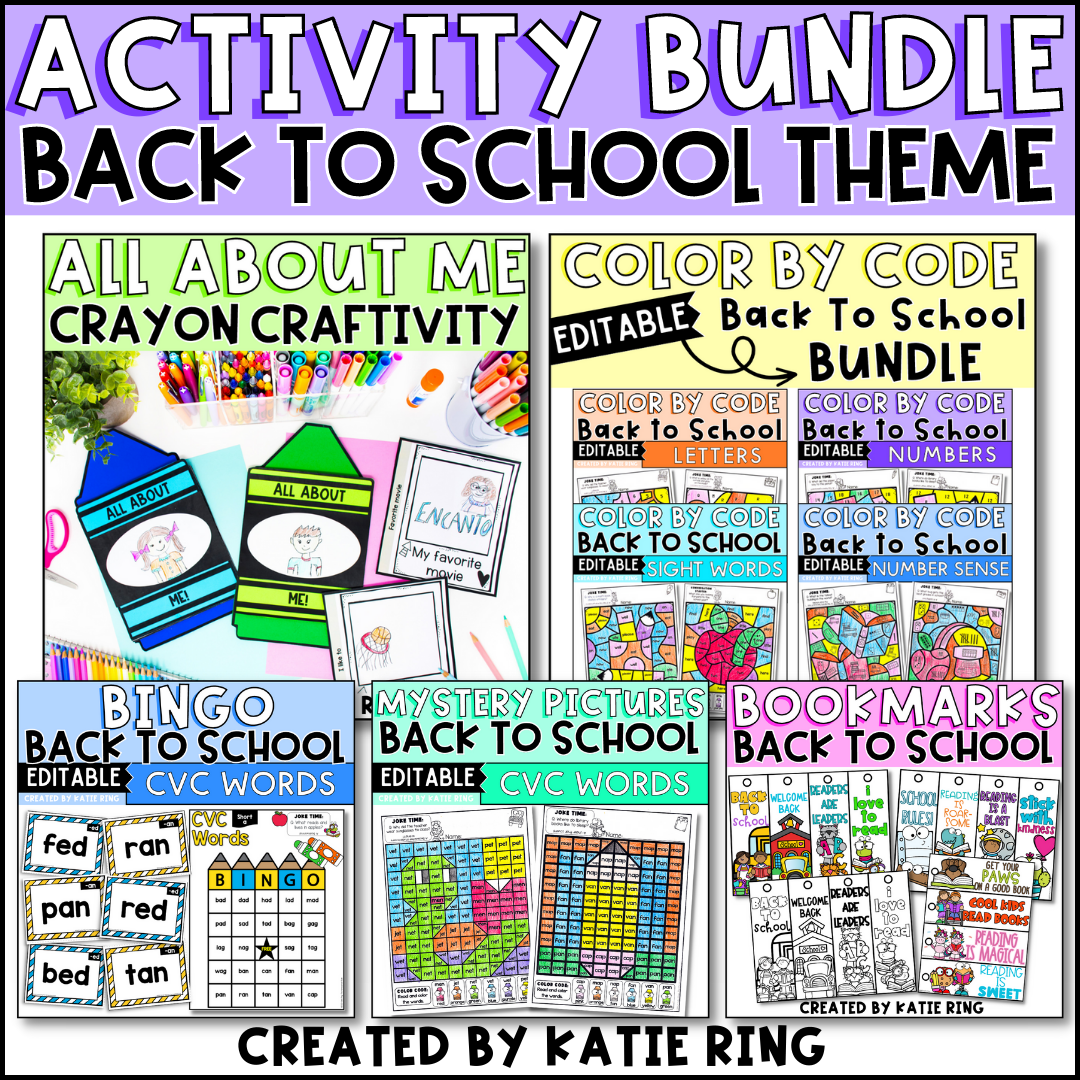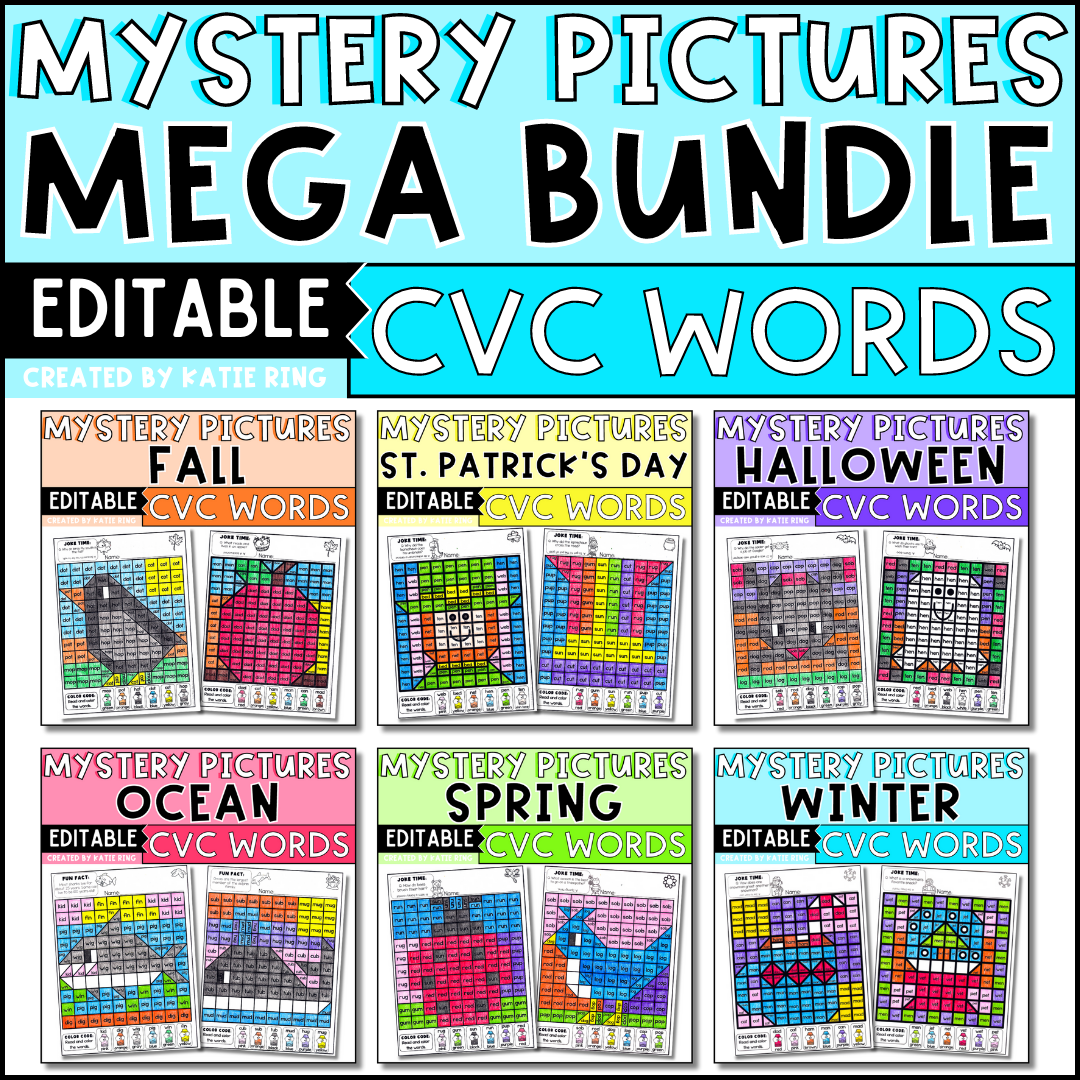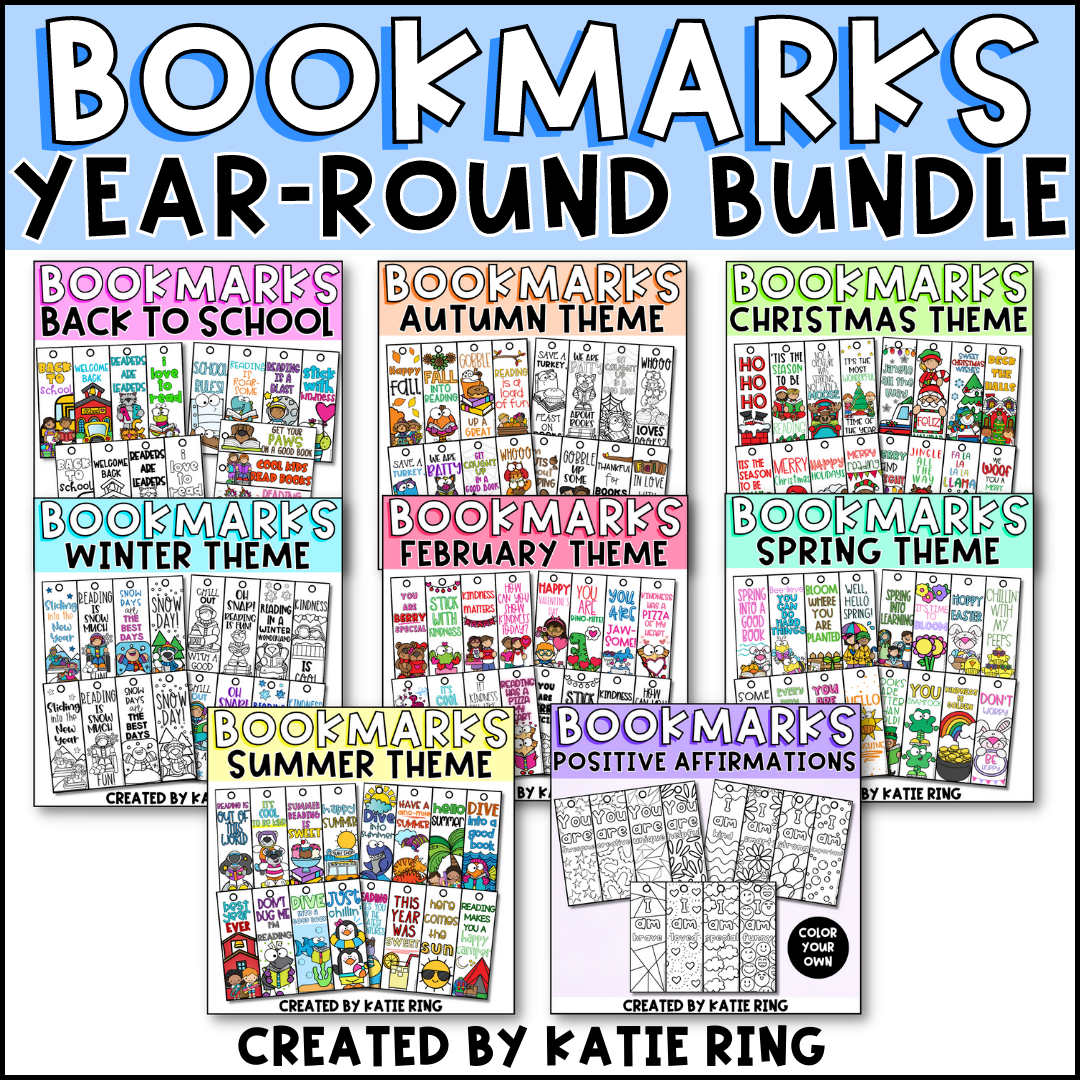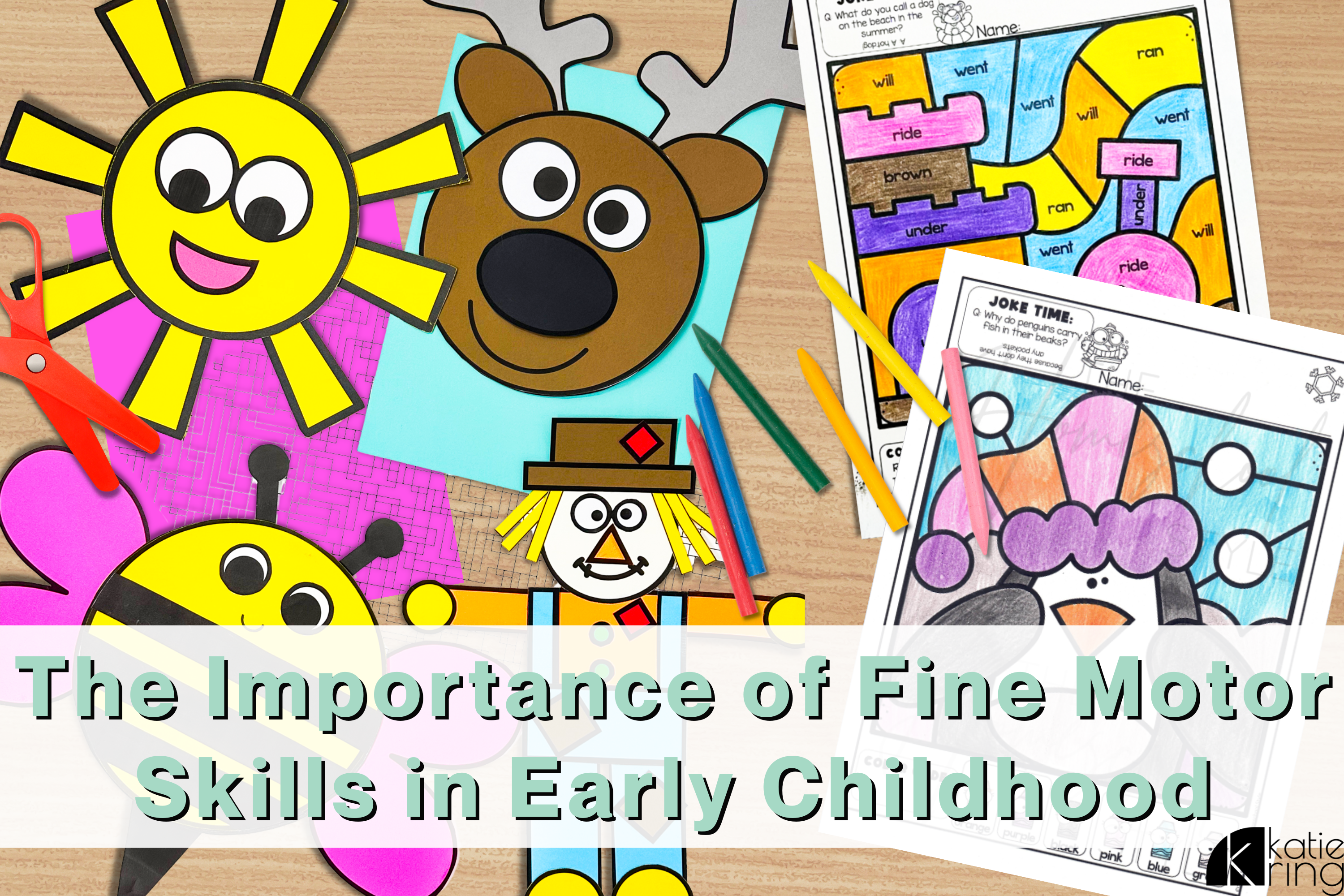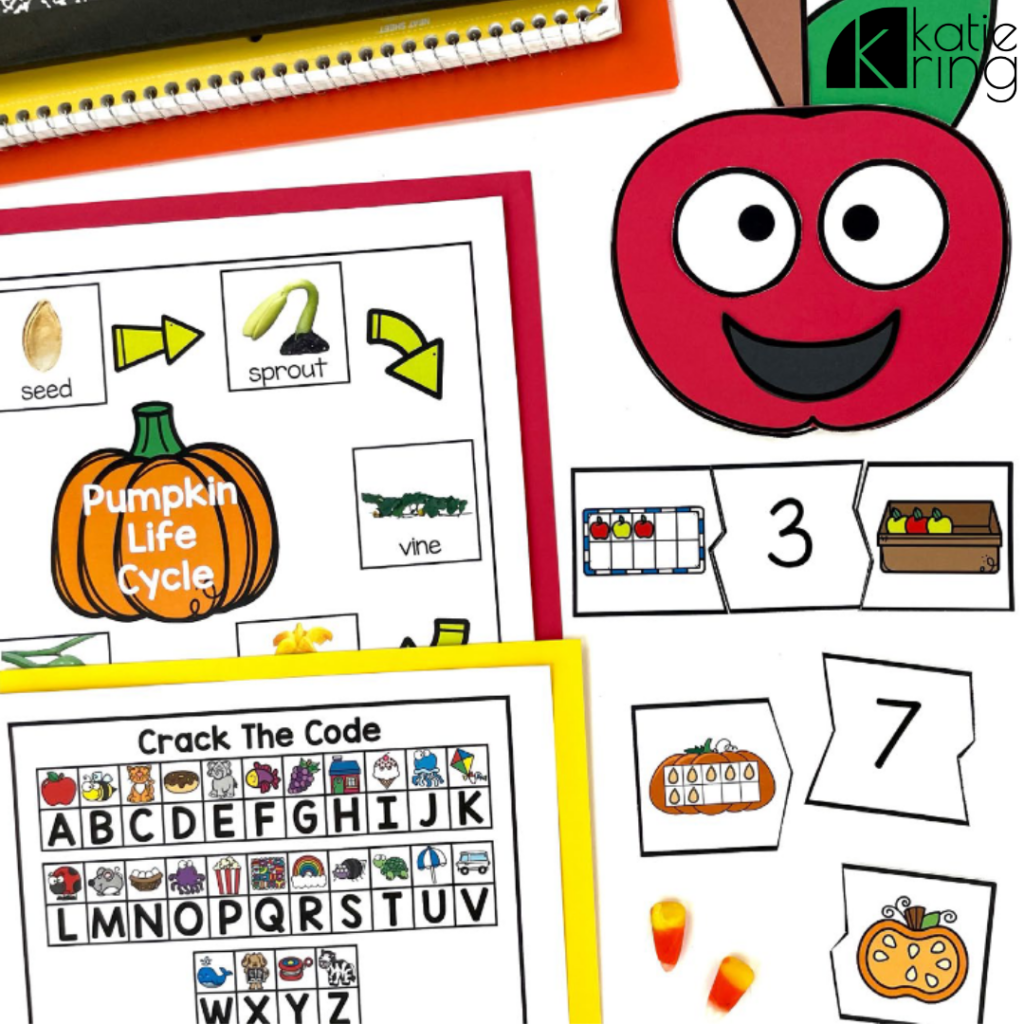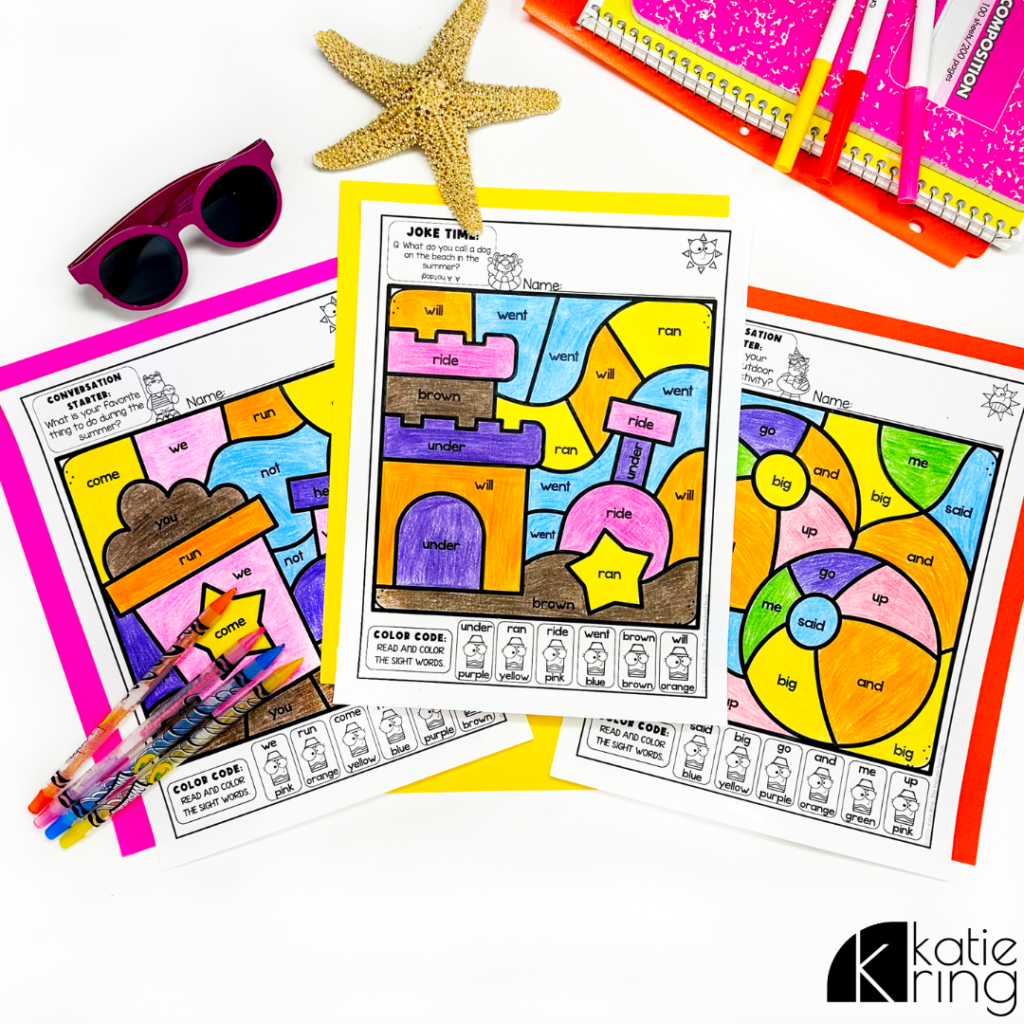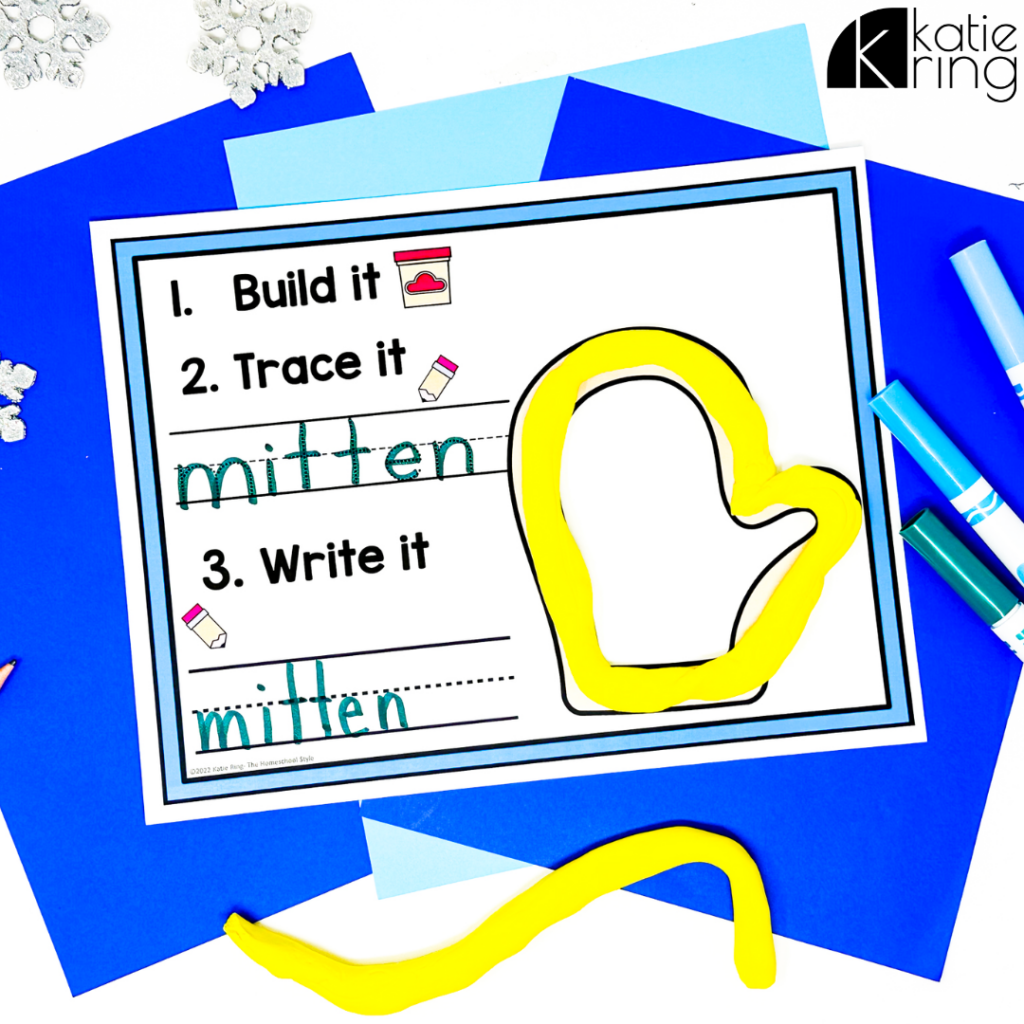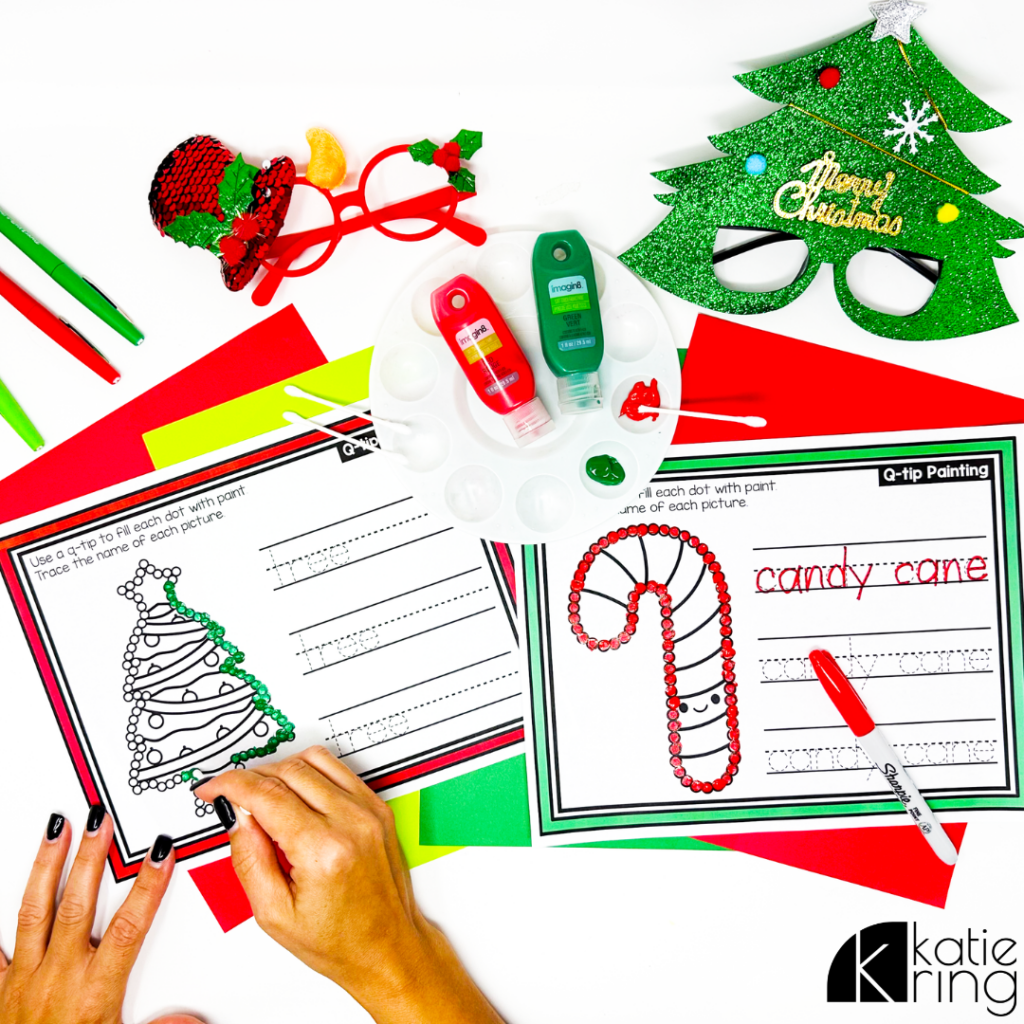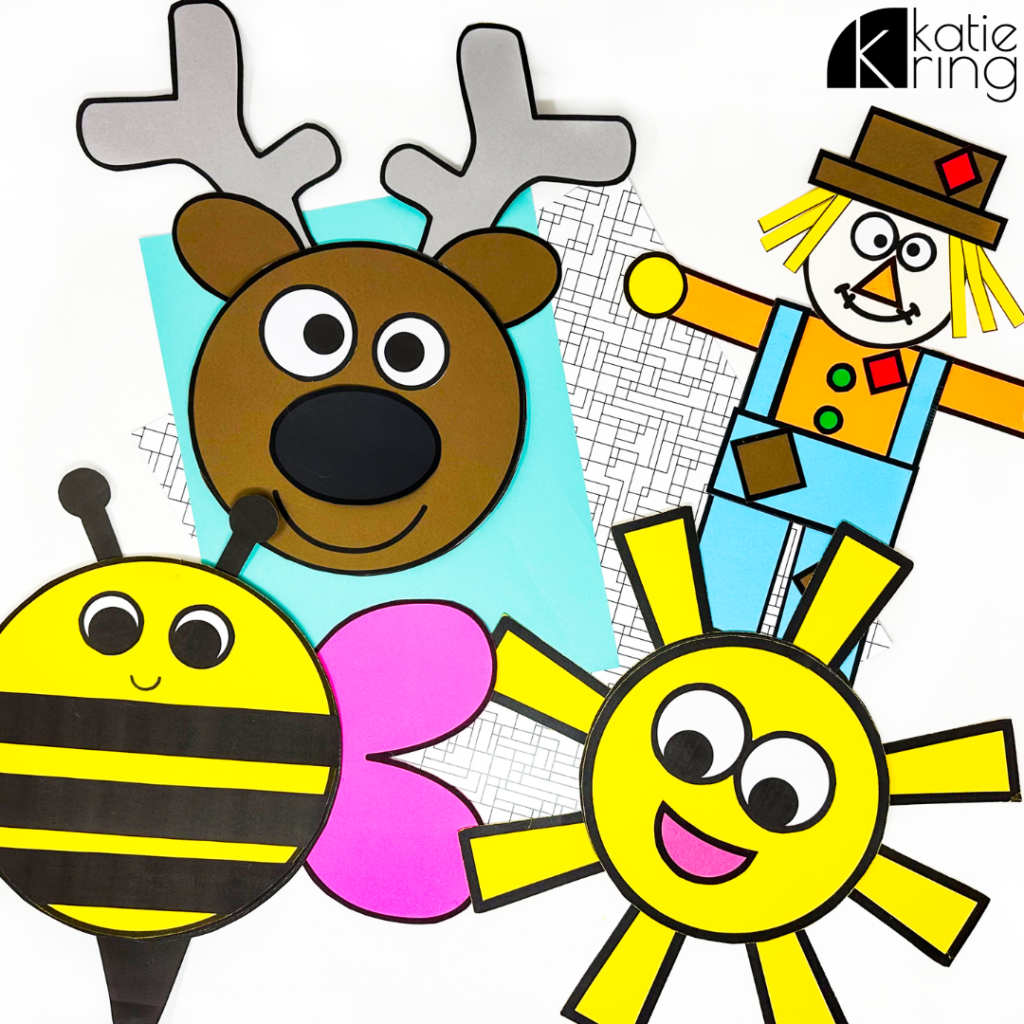Whether you’re new to teaching young learners or a veteran, you’ve likely heard about the importance of fine motor skills. I’m sure you’ve also seen activities and centers that boast being able to target fine motor skills but have you ever wondered why this is so crucial in the early childhood years? Let’s unpack this topic and chat about how being intentional with fine motor development will be a valuable use of your time. Plus, I’m sharing some of my favorite tips, ideas, and activities to get started!

So What Exactly Are Fine Motor Skills?
Fine motor skills require using small muscles in the hands and fingers to carry out tasks like writing with a pencil and using a pair of scissors. These actions require deliberate focus and attention for our little learners to carry out! Not only must children learn to control their fine motor muscles, but they must develop hand-eye coordination and focus to be able to complete the task.
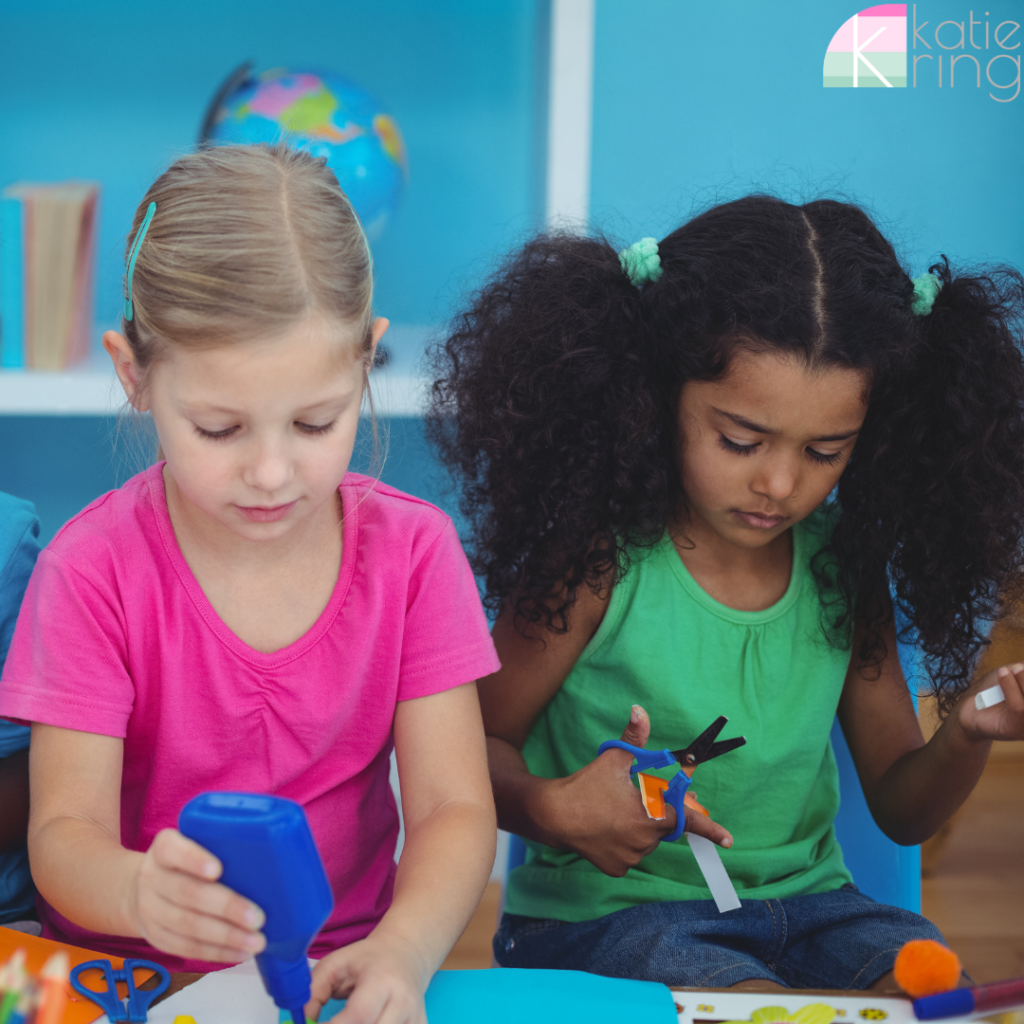
These skills can be practiced in many ways, but here are a few that come to mind:
- tracing and writing
- painting
- turning pages in a book
- coloring a picture
- using scissors
- cutting and pasting
- beading and lacing
For example, think about the first time you hand a preschool-aged child a pencil. Consider how they might grasp it, and their natural inclination to make large, sweeping strokes on the paper. This is the starting point, right? As we focus on fine motor growth, we aim to help that child learn to hold the pencil properly and learn to make much smaller, more fine-tuned movements over time. This is what fine motor skills are all about!
Why Fine Motor Skills Matter
So why does this matter? I’m sure you’ve already gathered that these fine motor movements are vitally important to thrive in education, but it’s worth mentioning anyway.
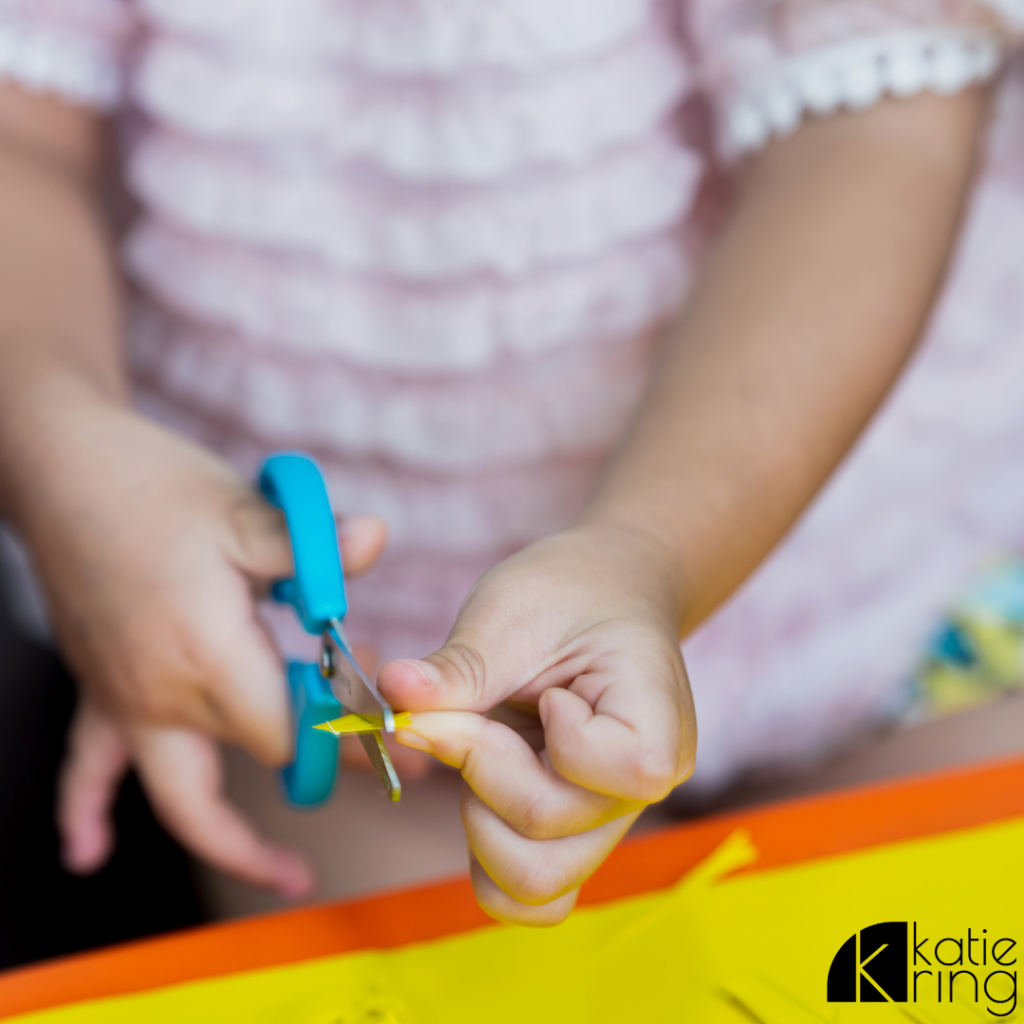
When children learn to confidently trace letters, they become excited to write! When they learn to hold scissors and control them, they are excited to cut! This excitement helps to foster a love for learning, which really is the end goal for us teachers, right?
Fine motor skills will help lay the foundation for more complex tasks in the future and equip kiddos with the confidence they need to continue growing and learning. Not to mention, taking the time to focus on fine motor skills also means that you will be strengthening students’ ability to focus and give attention to detail. We all know what an important lesson this is for the early years too!
Using Themes to Weave in Fine Motor Skills
So how do we help our students build their fine motor skills? With plenty of fun activities, of course! The most important thing, in my opinion, is to mix it up! This helps keep our students interested and excited about learning daily.
My favorite way to do this is with thematic teaching units. By choosing a new theme every month, you can count on high engagement and excitement, no matter what you’re working on!
This means you can use many of the same activities but with a new, fun theme to capture student attention. When it comes to fine motor skills, I have a few go-tos that are tried and true. These activities will give your students the practice they need in a fun way.
1. Color by Code Pages
If you haven’t already fallen in love with color-by-code activities, you’re in for a treat! These no-prep wonders are fantastic for targeting fine motor development. As students work to color their picture according to the code, they’ll need to use careful, slow movements to stay inside the lines. This also means the attention to detail will need to be turned way up! I love this activity because it naturally steers kids toward noticing small details, visual discrimination, and maintaining focus.
Aside from the wonderful benefits of color by code when it comes to fine motor development, you can also target just about any skill you can think of. That’s a win if I’ve ever heard one! With color by code, you can focus on letter recognition, numbers, sight words, number sense, and much more! All of my color-by-code resources are editable too, which means you can also adjust the pages to fit your needs. This makes differentiation a breeze!
So, if you’re hoping to target fine motor skills while working on important concepts in your classroom, definitely give these a try! Use them for morning work, center time, or independent practice activities that students will love.
2. Play Dough Mats
I have yet to find a student who doesn’t like play dough. And who could blame them? It’s just so much fun! Play dough is one of my favorite materials for encouraging creativity, sneaking in some hands-on learning time, and best of all – targeting those fine motor skills! While you can certainly use play dough all on its own to target these skills, I love using activity mats to take things up a notch.
These activity mats are from my Winter Activities and Centers Unit and they’re such a fun way to strengthen those hand muscles. I like to print and laminate these before using, them so we can reuse them. Students will use play dough to carefully roll out the shapes they see and match them up on their mats. You can offer multiple colors, or keep it simple with just one. Either way, kids love this part of the activity!
Then, they’ll use a dry-erase marker to trace and write the words on the laminated mat. Since this activity uses two different ways to target fine motor skills, I consider it a nice bang for your buck! These activities are great for center time since they will keep students focused and occupied for a while. You can have a whole stack of mats ready to go and ask kids to wipe their mats clean before trading it out for a new one.
3. Q-Tip Painting
Have you ever tried Q-tip painting in your classroom? This is such a simple and fun activity that everyone will love. Plus, it uses a lot of basic materials that are inexpensive and easy to find! All you need is some paper, washable paint, and Q-tips (or cotton swabs).
If you’re just getting started with this concept, you can start by simply introducing children to the idea. Allow them to practice picking up the cotton swabs and dipping them lightly in paint. Then dab just a little at a time on the paper and repeat. This sounds like a simple process, but we have to remember that if they’ve never done it before – we can’t expect them to know how!
Once you’ve given students a chance to practice, you can make this activity a little more interesting with printable Q-tip painting worksheets like the ones in my thematic units. The ones I use also have kids practice tracing. I recommend doing the tracing before painting to avoid a mess, especially for your lefties in the crowd! Once they have traced, students will use Q-tips to carefully dot each spot on their page. When they are finished a fun shape is revealed. This activity is always a student favorite. I love that it offers one more way to sneak in some fine motor practice!
4. Crafts
Last, but certainly not least – crafts! I absolutely LOVE crafting in the classroom. There are so many great reasons to make time for crafts and targeting fine motor development is one of them! When children work on crafts, they have so many opportunities to strengthen their fingers and hands. For example, crafts often involve coloring, tracing, writing, cutting, and gluing. The whole process requires careful focus and attention to complete! Not to mention, it’s just FUN! Anytime we can make learning more fun for our students, I consider it a major win.
As another great benefit, you can differentiate craft activities based on the age group you’re working with. Choose options with less cutting for younger students, or help them by pre-cutting some of the materials and having them focus on gluing the pieces together. Older students will love having the opportunity to complete the whole project on their own!
No matter how you decide to use crafts in the classroom, I think you’ll find they are a valuable learning experience. Plus, if you’re using seasonal themes, you’ll always have a fun new craft idea to work on! You can check out all of my favorite seasonal crafts here!
Give Fine Motor Activities a Try With Your Kids!
Doesn’t this sound like fun? Varying your fine motor activities with your students is one of the best ways to ensure high engagement all year long. If you want to give these a try, I’ve got a gift for you! Enter your email here and I’ll send you some FREE fine motor activities you can use with your students.
You’ll receive color-by-code pages, a Q-tip painting and play dough activity and a cute shark craft! I know you and your students will love these activities! They’re versatile and easy to differentiate by age group too, so if you’re working with kiddos at different skill levels, you’ll be covered! Share your email to get started with free fine motor activities today.
Save This Post
Pin this post on Pinterest to keep these ideas and activities for fine motor skills at your fingertips!
